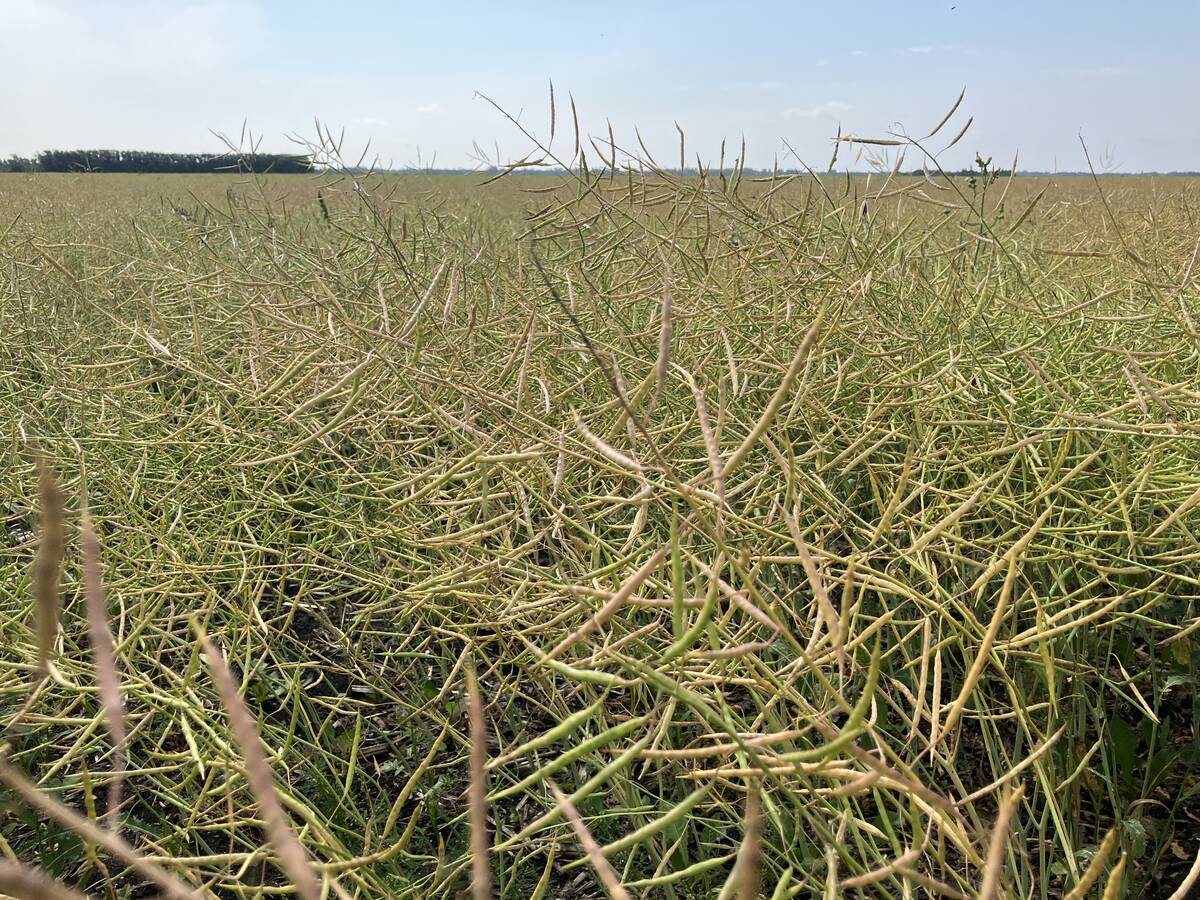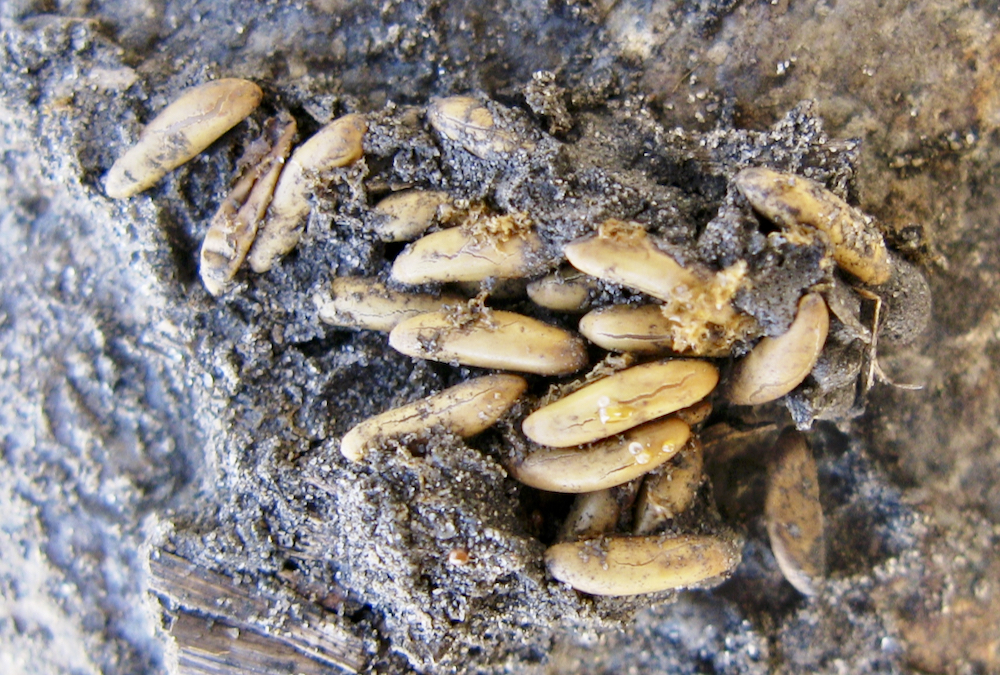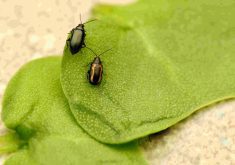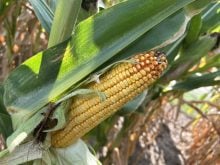Farmers who think they might get a reprieve from the grasshopper problems they’ve had in recent years, because of the excessive rainfall in April and May, may need to temper those expectations, warns Manitoba Agriculture entomologist, John Gavloski.
“A lot of people make the assumption that if there’s a lot of standing water in the fields and ditches in May, that means fewer grasshoppers, but that’s not really the case,” he said.
While Gavloski says that excessive moisture can control grasshopper populations, timing is the determining factor. The cool, wet spring will result in a later hatch this year, but it will likely to start soon and will probably peak in mid- to late June. But he says the standing water in the ditches and fields through May isn’t likely to result in a lot of grasshopper mortality, because the pest species of grasshoppers overwinter as eggs, and would not have hatched yet.
Read Also

Canola trade watches events in intermission between world’s harvests
The flow of speculative money, reacting to whatever world news is available, can be expected to steer grain and oilseed futures in this stretch between Northern and Southern Hemisphere harvests, Phil Franz-Warkentin writes.
“Grasshopper eggs are very resilient to excess moisture,” explains Gavloski. “A colleague of mine took a bunch of grasshopper eggs and put them in a glass of water and let them sit for a week. He dumped the water out and the eggs all hatched. So water sitting in ditches and fields in April and May likely isn’t doing much to reduce the hatch of the grasshopper, but it may delay egg development and hatch a bit because they’re in a cooler environment.”
Gavloski says that if cooler temperatures and high precipitation persist into June, it could have an effect on grasshopper populations.
“Once the eggs hatch, those young nymphs are very vulnerable to excess moisture,” he said.

Of course, no one wants more rain at this point. However, rains in mid-June, after the crops have been planted and the hatch is peaking, may help farmers by reducing grasshopper populations.
But for the most part, farmers should treat this year like they would any other when it comes to these pests.
“I would still be scouting for grasshoppers just as intently as last year,” he said. “I’m not convinced that the weather we’ve had so far would do much other than maybe slow their emergence.”
The cool, wet weather and the fact that there’s not a lot of crop emergence yet also means there isn’t a lot of insect activity in general yet.
“For ones that blow in or migrate in, like diamondback moths and army worms, what matters is when they arrive,” Gavloski said. “So if they’re just starting to be blown in now, they could do quite well because they would have escaped the moisture conditions of May.”
But he says at this point, there is nothing to suggest there will be a big problem. For diamondback moths, there are some moderate counts in the traps in the eastern region, but elsewhere the counts have been low.
Gavloski says the prime concern right now is flea beetles.
“The big challenge with flea beetles is getting that crop from the day of seeding to the three- to four-leaf stage within three to four weeks. If that can be achieved, then the damage can be minimized,” Gavloski said.
This is because the seed treatment insecticide is still effective to that point. Beyond that, when the seed treatment wears off, is when problems really begin. However, Gavloski is cautiously optimistic.
“This year, if people are seeding into warmer soil with adequate soil moisture, they may be more successful at getting to that three- to four-leaf stage quickly,” he said.
















